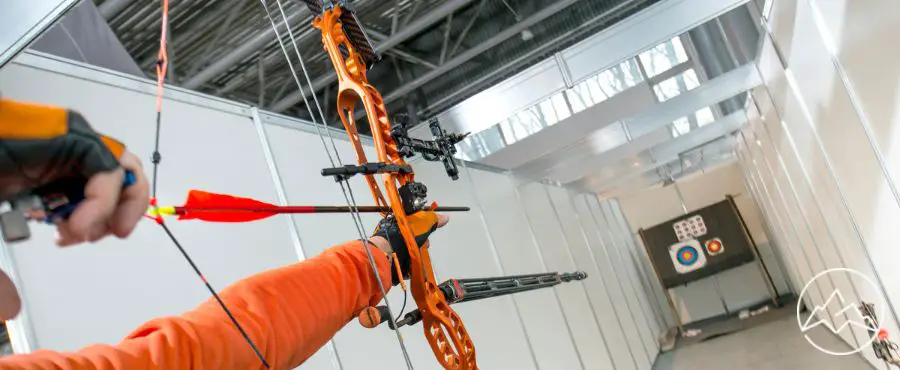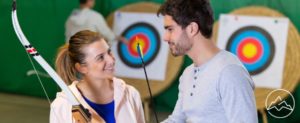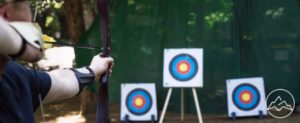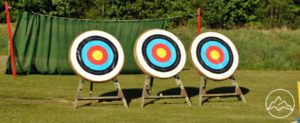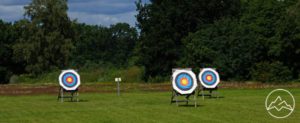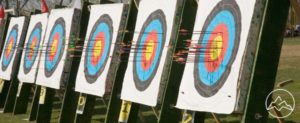In the world of archery, where precision and accuracy are paramount, mastering peep sight installation is essential. Like a compass guiding a ship through turbulent waters, the peep sight plays a crucial role in aligning the bow sight with the target, ensuring consistent and accurate shots. Installing a peep sight requires meticulous attention to detail and a firm understanding of the process. This article aims to provide archers with the knowledge and skills necessary to achieve mastery in peep sight installation. From locating the correct position on the bowstring to securing the peep sight in place with serving string, every step will be explained in a precise and informative manner. Additionally, tips for adjusting the peep sight to accommodate changes in bowstring tension or poundage will be shared. By delving into the intricacies of peep sight installation, archers can elevate their performance and achieve the consistency and accuracy they desire.
Key Takeaways
- Peep sight installation is essential for precision and accuracy in archery.
- Choosing the right peep sight size and proper installation techniques are important for optimal performance.
- Regular adjustments may be necessary due to stretching or changes in poundage.
- Proper alignment and securing of the peep sight are crucial for optimal accuracy.
Peep Sight Basics
Peep sights are a crucial component of archery setups, providing shot consistency and alignment by allowing the archer to look through it with their dominant eye and align it with the bow sights and target. One advantage of using a peep sight is that it helps the archer achieve consistent anchor points, resulting in more accurate shots. Additionally, peep sights aid in maintaining proper form and technique by promoting a consistent head position. When choosing the right peep sight size, it is important to consider factors such as the archer’s dominant eye, draw length, and bow setup. A peep sight that is too small may obstruct the archer’s field of view, while one that is too large can result in inconsistent alignment. Finding the appropriate peep sight size ensures optimal performance and accuracy in archery.
Installation Steps
To properly install a peep sight for accurate shooting, it is crucial to follow a series of steps to ensure proper alignment and positioning. First, mark the correct position on the bowstring and use a bow press to release tension. Separate the strands at the marked location and place the peep sight between them at the correct angle. Next, tie serving string around the bowstring below and above the peep sight, making 20 knots on each side. Tighten the serving string and cinch the knot, then repeat the process above the peep sight. Finally, tie another length of serving string around the peep sight and bowstring to secure it. It is important to avoid common mistakes during peep sight installation, such as not aligning the peep sight correctly or not tightening the knots properly. Different types of peep sights have their pros and cons, so it is essential to choose one that suits your needs and preferences.
Tips for Adjusting
One crucial aspect of achieving optimal accuracy in archery setups is the fine-tuning of the peep sight, likened to the delicate adjustment of a musical instrument to ensure harmonious notes. When it comes to adjusting a peep sight, there are common mistakes that archers should be aware of. One such mistake is not aligning the peep sight with the bow sights and target, which can lead to inconsistent shots. Another mistake is not properly securing the peep sight, causing it to rotate or move during shots. To fine-tune peep sight alignment, archers can employ various techniques. One technique is using dental floss or serving string to temporarily hold the peep sight in place while someone adjusts it while the bow is drawn. Additionally, twisting the bowstring can help align the peep sight if it is not straight. Regular adjustments may be necessary due to bowstring stretching or changes in poundage. By avoiding common mistakes and employing proper techniques, archers can achieve consistent and accurate shots with their peep sight.
Frequently Asked Questions
What are some common mistakes to avoid when installing a peep sight?
When installing a peep sight, it is important to avoid certain common mistakes. Proper peep sight alignment is crucial for accurate shooting. Ensure that the peep sight is securely tied by making 20 knots on each side of the bowstring above and below the peep sight. Additionally, use serving string to tie around the peep sight and bowstring to further secure it. By avoiding these mistakes, you can achieve consistent and precise archery shots.
Can I install a peep sight on a recurve bow?
Installing a peep sight on a recurve bow requires a proper technique to ensure accurate shooting. Begin by marking the correct position on the bowstring. Use a bow press to release tension and separate the strands at the marked location. Place the peep sight between the strands, ensuring the angle is correct. Tie serving string around the bowstring below and above the peep sight, making 20 knots on each side. Repeat the process above the peep sight and secure it with another length of serving string. Adjustments may be needed over time due to bowstring stretching or changes in poundage. To move the peep sight up or down, temporarily hold it in place with dental floss or serving string and have someone adjust it while you draw the bow.
How often should I check and readjust my peep sight?
Proper peep sight alignment is of paramount importance in archery to ensure consistent and accurate shots. It is essential to periodically check and readjust the peep sight to maintain optimal alignment. Signs that indicate the need for peep sight readjustment include the inability to align the peep sight with the bow sights and target, or if the sight moves or rotates during shooting. Regularly inspecting and fine-tuning the peep sight will help maintain shot consistency and enhance overall accuracy.
Are there any alternative methods for tying in a peep sight?
Alternative methods for tying in a peep sight include using a bowstring serving tool or using a bowstring tying tool. These tools can provide a more secure and consistent method of attaching the peep sight to the bowstring. Additionally, some archers choose to use dental floss or dental rubber bands to tie in their peep sight, as these materials are readily available and can be easily adjusted if needed. Regardless of the method used, the benefits of using a peep sight include improved shot consistency and alignment, leading to more accurate shooting.
Can I use a peep sight with a string loop?
Using a string loop with a peep sight has both pros and cons. One of the advantages is that it allows for a more consistent anchor point, as the loop provides a fixed position for your release aid. Additionally, it reduces the risk of the peep sight rotating or twisting during the shot. However, there are some considerations to keep in mind. Tying in a peep sight with a string loop can be more challenging and may require specialized techniques. It is recommended to use serving string to secure the peep sight to the loop, ensuring it remains in the desired position.
Conclusion
Mastering peep sight installation is a crucial skill for archers seeking consistent and accurate shots. By following the proper installation steps, such as locating the correct position on the bowstring, using a bow press, and securing the peep sight with serving string, archers can enhance their shot consistency and alignment. Regular adjustments may be necessary due to factors like bowstring stretching or changes in poundage. While some may argue that peep sight installation is time-consuming, the benefits of achieving consistent and accurate shots outweigh any initial challenges.

